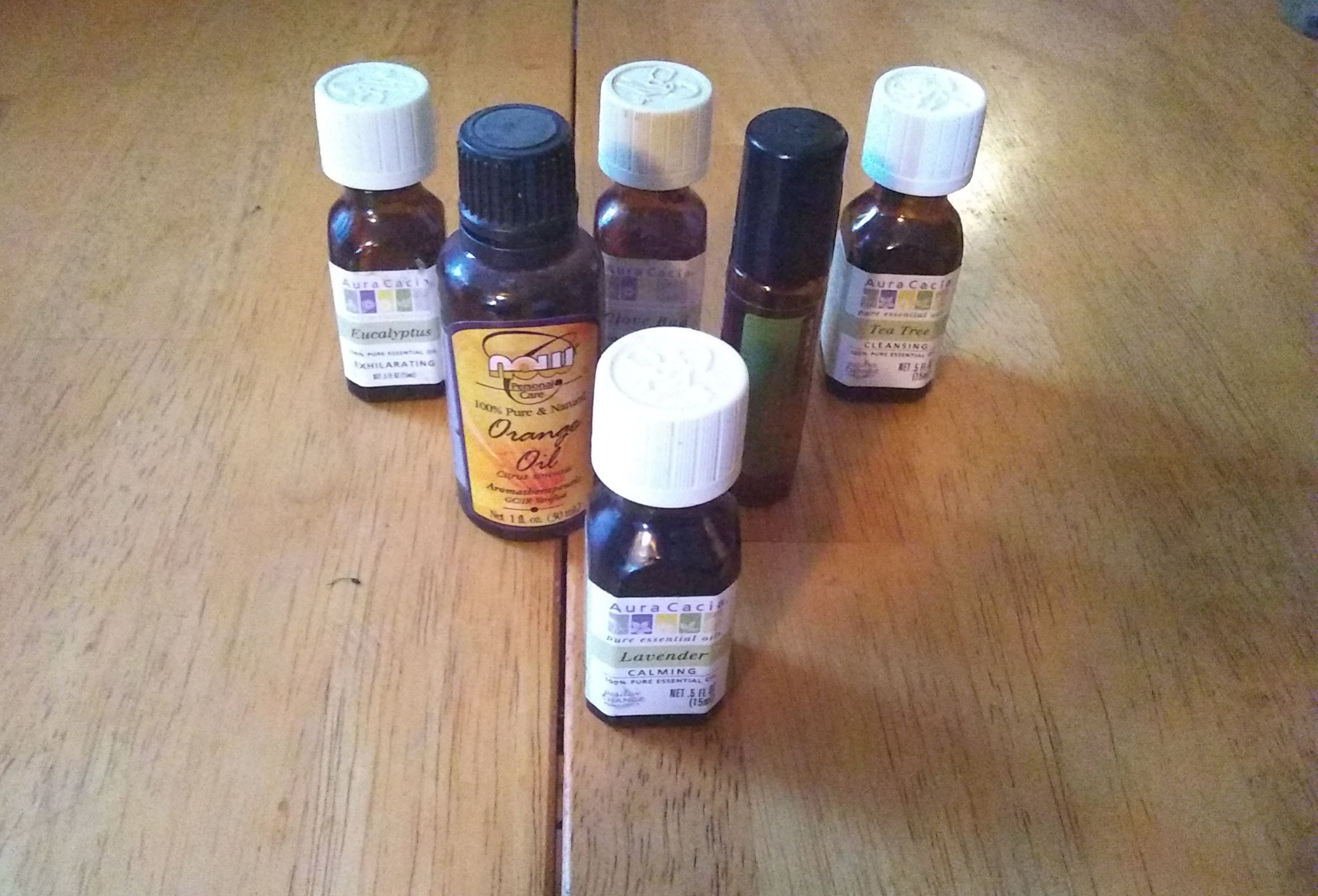Sooooo…..a while back I did a post on carrier oils and why there were good. The next post was supposed to be on the secondary oils that can help in other ways when making balms. Then I decided to update the website, which took about a week and a half longer than I expected. But FINALLY! It is here!
Secondary oils are used to enhance the properties of infused oils, like making the skin softer or even help preserve the

Coconut Oil/Butter – We already went over the benefits of this in the last post. However, coconut oil can be difficult to extract herbal properties from because it does stay solid at room temperature. If you still want some of the benefits, you can add it as a secondary oil.
Avocado Oil – Avocado oil comes from…the avocado! The oil comes from the actual fruit, as the skin and pit are separated from the meat of the fruit and discarded. Like coconut oil, avocado oil also has a slight SPF to it. It is also moisturizing because of the beta carotene, fatty acids, and Vitamins A, D, and E. I honestly love to cook with it, as it is stable and has a high flash point. It is a little cost-prohibitive, which is why I list it as a secondary oil.
Castor Oil – Castor oil is made from pressing the seeds of the castor plant. It has anti-microbial and anti-inflammatory properties which makes it a great addition to balms used for wounds or acne. The triglycerides make it good for moisturizing skin.
Evening Primrose Oil – Evening primrose can actually grow up in Alaska. Internally, it is used to balance hormones and can even be used to combat cold sores. However, topically it can be used for eczema and the GLA can help with acne.
Grapeseed Oil – Grapeseed oil comes from…you guessed it, pressed grape seeds! Grapeseed has antimicrobial properties, which is always helpful against acne. It also has a slight SPF. One of the added benefits of grapeseed oil is that it helps Vitamin A and C work better on your skin.
Hemp Oil – This one is a hot topic right now. It is made from pressing hemp seeds to get the oil. Hemp oil is great for moisturizing and helping to get rid of wrinkles.
Jojoba Oil – Jojoba oil is more of a wax made from the seeds of the jojoba plant. It makes a nice facial moisturizer because it doesn’t clog pores while keeping moisture in.
Neem Oil – Neem oil is made from the seeds of the Indian lilac. It has essential fatty acids (EFA), limonoids, vitamin E, triglycerides, antioxidants, and calcium. That means that it is excellent for keeping skin moisturized, minimizing scars, and treating acne.
Argan Oil – Argan comes from the kernels that grow on the argan tree. It has an abundance of Vitamin E https://www.healthline.com/health/neem-oil-for-skinwhich helps protect skin from sun damage, moisturizes the skin, and treats a variety of skin ailments. Included with Vitamin E, argan oil contains anti-inflammatory properties to help with wound healing and fighting acne.
Vitamin E Oil – I use vitamin E oil as a preservative, especially if I’m not using a main carrier oil that has it naturally. It is also helpful against wrinkles and for moisturizing the skin.
Essential Oils – Essential oils can be added for either scents or for medicinal properties that some essential oils have.
That’s it for this time. This is by no means an exhaustive list, nor an exhaustive list of what each oil is good for. What are some of the oils that you like to use that I haven’t listed here?




